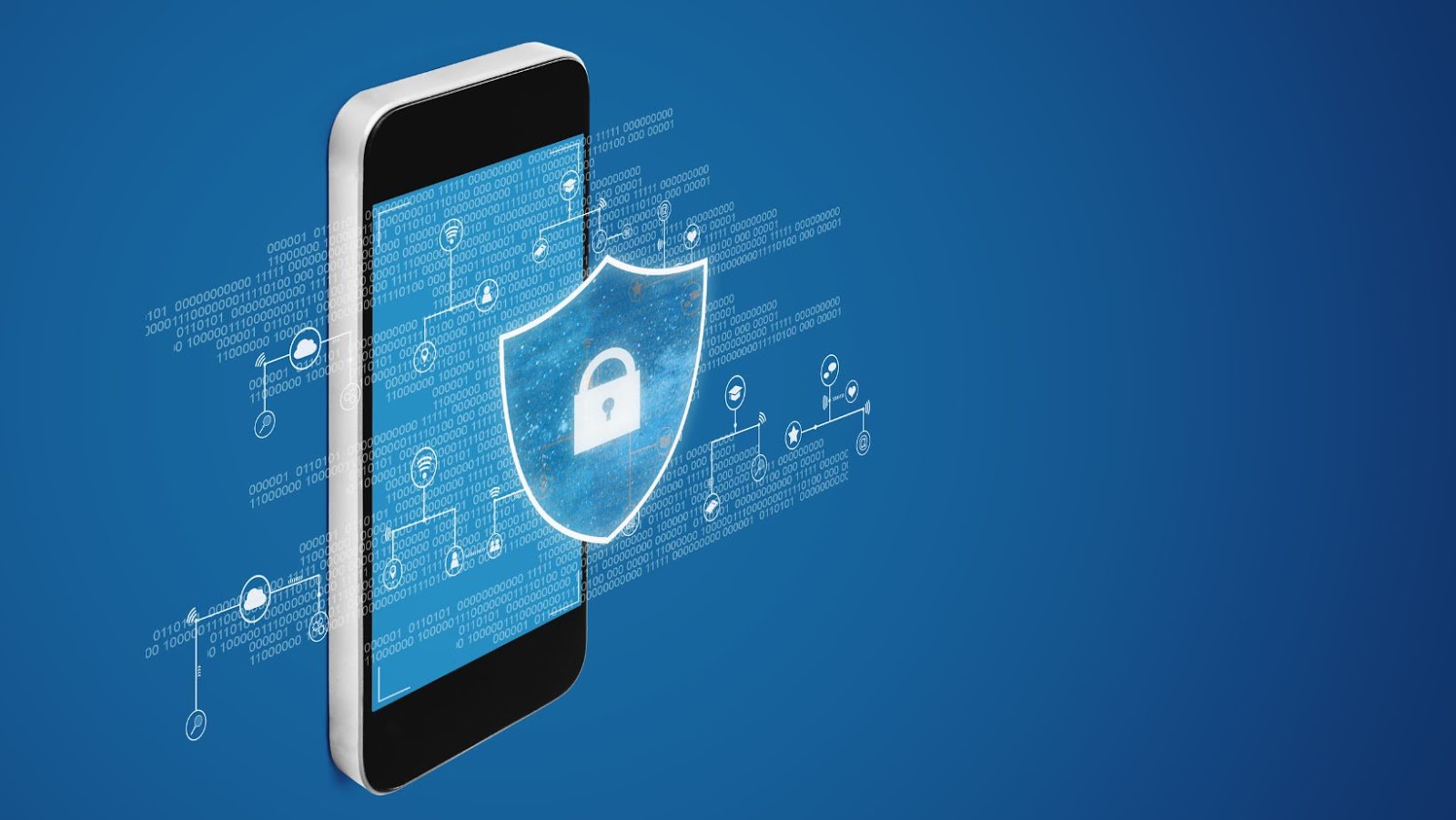
VDI is relatively a new enterprise technology that provides access to a remote desktop on which the users can work. Remote working culture has been introduced to reduce the impact of the pandemic on businesses.
But even after the pandemic, remote working operations are still active because it is very convenient for the employees to work from home. And it also improves the overall productivity of the businesses while reducing costs.
However, managing operations while working from home is exceedingly challenging. In order to properly handle all the processes in the culture of remote working, businesses have developed virtual desktop infrastructure.
VDI offers a wide range of benefits to the business and its employees. But even so, because conducting business remotely poses a number of security threats, companies need to be more careful about VDI security.
Some of the most dangerous security risks are hyperjacking, unpatched virtual machines, insider threats, compromised networks, and more.
So, you must adhere to the best security practices to increase the security of your VDI setup. Here is a list of the best security measures you should adhere to in order to improve VDI security.
Disable or Restrict Services
Providing users with access to only the services they should have access to is the first security precaution you can take. Because if users access services that are not necessary, there are several security risks, such as the loss of data.
Therefore, you can lessen the risk if you restrict services. And also, make sure that important areas are not opened to more users.

Encrypt Data
By using encryption and multi-factor authentication security techniques, you can protect your VDI implementation. When using end-to-end encryption, data is encrypted before it leaves the computer and is only decoded once it has arrived at its destination.
The sender and receiver are the only parties with access to the data. No third parties are allowed to access the data. You thereby receive total security over the private data of your business. You can also use multi-factor authentication, which is so popular these days.
You can use this approach to give two or more verification procedures in order to access the resources that are available, including passwords, OTPs, SMS, fingerprint scanning, and more. So, by utilizing this technique, you limit access to your VDI platforms by outside parties.
Provide Endpoint Protection
You must allow users to access the data center only over secure protocols because hackers can quickly attack an endpoint and gain access to a company’s important data and apps.
To avoid this kind of problem, you can employ endpoint detection and response tools to break the unauthorized access more quickly.
Implement Thin Clients
You can provide devices to your virtual desktop infrastructure users with a thin client implementation. A thin client is a computer that uses resources that are only kept on the primary server.
This means that users cannot change the RAM, software, or sensitive data they utilize. And thus provides increased security to your VDI deployment.

Provide Extra Protection for BYOD Devices
If your company has BYOD (Bring Your Own Devices) policy, you must take extra security measures to ensure security.
Because the BYOD device doesn’t adhere to the company’s security standards, hackers can easily access the endpoint to obtain your company’s important data.
You can reduce this risk by requiring users to utilize multi-factor authentication and secure passwords on their devices. You can also set up control over applications already installed on BYOD devices.
Manage User Privileges
Finally, you must regularly control the user privileges within your organization. Because someone who has access to confidential information after leaving a company may misuse it in various ways, forbidding the left user’s access.
You can guarantee the security of your VDI deployment by adhering to these security procedures. Your firm will gain more when security is improved. Hopefully, this article was useful to you and aids in your decision-making.












